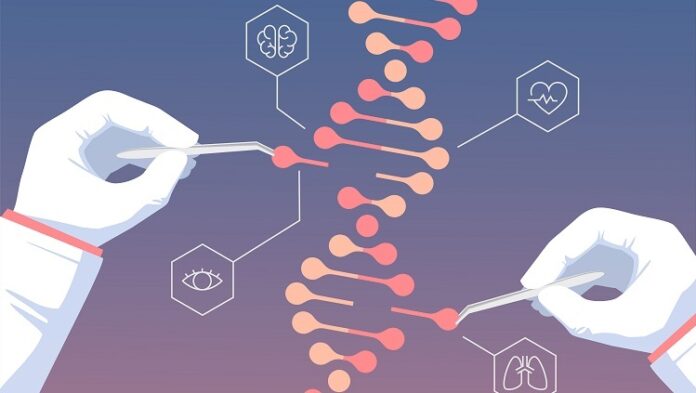According to the Food and Agriculture Organization, the International Fund for Agricultural Development, UNICEF, the World Food Programme, and the World Health Organization’s report, The State of Food Insecurity and Nutrition in the World 2020, the number of people affected by hunger globally continues to rise. The report states that around 690 million people globally go hungry.
Food insecurity continues to be a concern in the future as the world struggles to find a sustainable food source that will work in different environments and doesn’t add to the climate crisis. Is CRISPR gene editing one potential answer to end hunger and improve food sources?
What is CRISPR?
CRISPR-Cas9 is a genome editing technique that is causing quite a stir in the scientific community. It is quicker, cheaper, and more precise than prior DNA editing approaches, and it offers a wide variety of possible uses. This would include a chance to improve crop yields.
Enhancing Corn and Rice Yields
According to a team of researchers linked with numerous universities in China and one in Germany, turning off a specific gene in corn and rice can mean bigger crop yields. The group explains sequencing the genomes of both plants is a strategy to hunt for genes related to grain yield using CRISPR gene editing. The goal is to boost yields in test crops states their research published in the journal Science.
Increased agricultural and natural resource efficiency, which implies producing more food per hectare, per animal, per kilogram of fertilizer, and a liter of water, is the most crucial necessity for a sustainable food future. In addition, increased productivity reduces the need for new land and emissions from manufacturing activities.
As the earth continues to warm, experts worldwide are becoming increasingly concerned about farmers’ capacity to produce enough food to support an ever-increasing population. The changing climate will likely affect some land currently used for farming, reducing food production.
How CRISPR Gene Editing Might Solve the Food Problem
The researchers sequenced the genomes of corn and rice, two of the world’s most important food crops, and then examined their genomes for genes associated with grain productivity. They discovered 490 pairs of genes in both plants that appeared to fulfill comparable roles. Then, they whittled the genes down to just two: one from corn and one from rice. They discovered that each generated a protein that controlled the number of grains that a specific plant could produce.
They used the CRISPR gene editing technique to turn off these two genes. Then they planted test crops using the seeds with the edited genes and measured the average yield. According to the researchers, plants with changed genes produced more grains per plant than control groups.
The study authors found a 10% rise in corn yields and an 8% increase in rice yields. They also examined the genetically engineered plants to see if they could detect any additional modifications, particularly those that would have a detrimental influence on plant development and discovered none. They argue that their method is a feasible strategy for boosting food yields and that the modified plants may be combined with wild kinds to generate new species that are more resistant to climate change.
One thing is clear. The world needs to find ways to make more food and create it more efficiently as the planet’s climate continues to change. CRISPR might be the answer.



































































